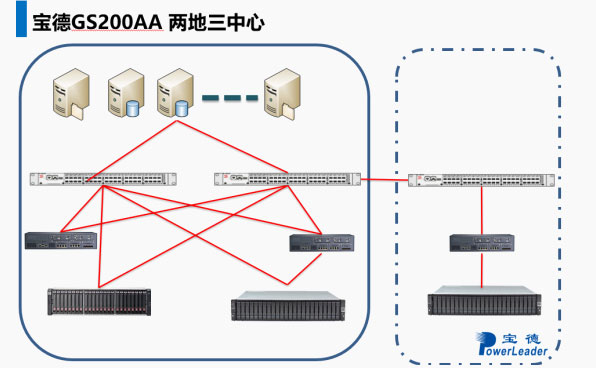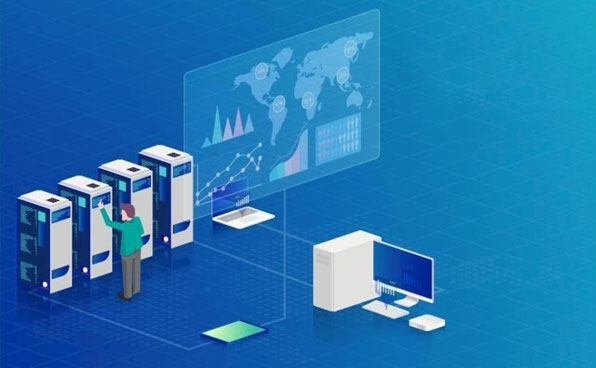
We are customer-centric and provide customized or one-stop full-stack solutions to empower all industries.
With the rapid development of computer technology, while enterprises are constantly increasing their requirements for computing power, their demand for data storage is also increasing. According to Intel’s forecast, the total amount of global data will reach 44ZB (1ZB=1 billion TB=1 trillion GB) in 2020, and the amount of data generated in China alone will reach 8ZB, accounting for about one-fifth of the total global data. At present, with the rapid development of technology industries such as cloud computing, big data, and the Internet of Things, the growth rate of data traffic is accelerating, and the pressure on data centers is also increasing. Traditional local storage has been unable to maintain the growing demand for data storage. Therefore, large-capacity storage arrays have begun to be widely used. Compared with traditional local storage, centralized storage arrays have larger storage capacity, and a single array can reach the PB level. At the same time, the storage management software that comes with the array itself makes data management more convenient and secure. Storage arrays have demonstrated their unique advantages in the data age and are increasingly accepted and favored by enterprise users.


PowerLeader’s dual-active disaster recovery solution with three centers in two locations can achieve ultra-high availability by deploying core business data in two different data centers. In theory, it can achieve failures in two data centers without interrupting business. The data network uses a high-speed optical fiber network to ensure efficient data transmission and low latency. At the same time, redundancy is achieved at the switch, gateway, network and other levels to avoid single node failures.
PowerLeader’s two-site three-center storage solution is a disaster recovery solution that focuses on continuous high availability of user data. Dual centers in the same city means establishing two data centers that can independently undertake the operation of key systems in the same city or neighboring cities. The dual centers have basically equivalent business processing capabilities and synchronize data in real time through high-speed links. Under normal circumstances, they can share the operation of business and management systems at the same time and can switch operations; in the event of a disaster, disaster recovery emergency switching can be performed without basically losing data to maintain continuous business operations.
An off-site disaster recovery center refers to a backup disaster recovery center established in a city away from home for dual-center data backup. When a failure occurs in the dual centers due to natural disasters or other reasons, the off-site disaster recovery center can use the backup data to restore the business.
The disaster recovery model of two locations and three centers can effectively prevent data loss caused by large-scale natural disasters. When a data center device fails, the business can be seamlessly switched to the disaster recovery data center to ensure business continuity.

It can withstand large-scale natural disasters and can accept the failure of two data centers while ensuring uninterrupted business.
The storage data of three centers in two locations are synchronized in real time, and business operations are only carried out on the equipment of one data center. In the event of a failure, seamless switching is carried out and data is not lost.
Avoid single node failure. Fiber optic network transmission, fast speed and low latency.